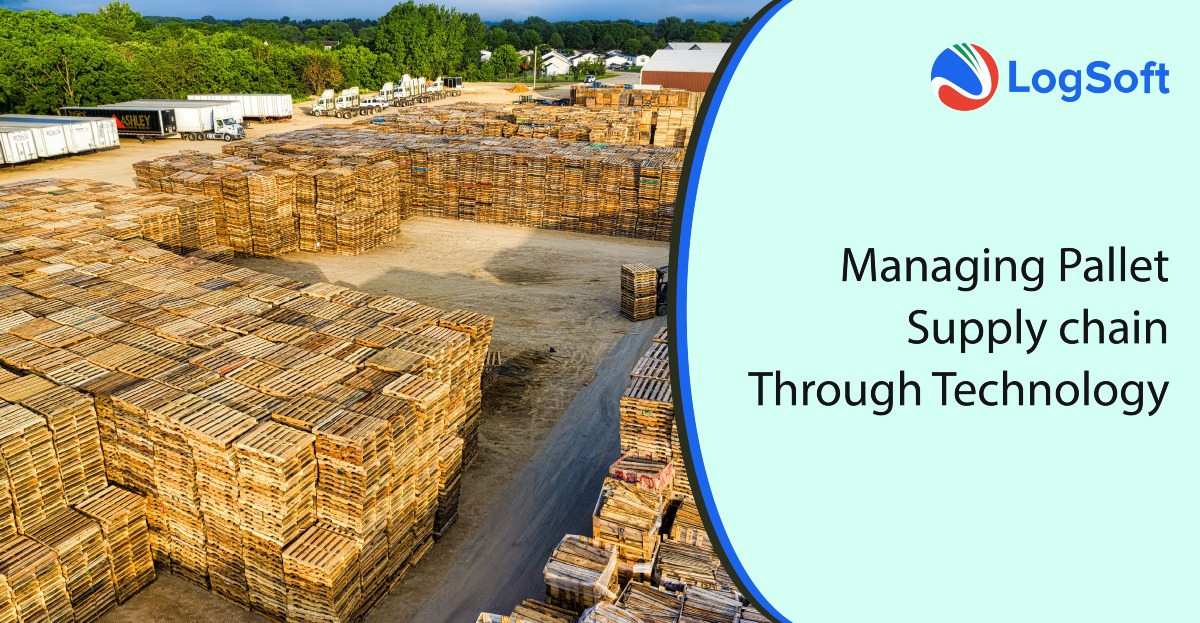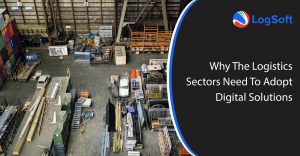The covid-19 pandemic has upended virtually every facet of supply chain operations. Strategies that once emphasized “just-in-time” speed and velocity and minimal “at-rest” inventory are being rewritten along “just-in-case” lines.
The “just-in-case” inventory has risen as a response to pandemic-related disruptions with a new emphasis on ordering larger lots of goods and holding more product in warehouses or distribution centres for longer periods of time to enhance safety stock in this time of uncertainty.
And, that means adjustments to strategies and tactics to maintain and manage pallet supply networks.
A sufficient supply of pallets is critical to keep goods moving in a logistics supply chain. Supply chains require pallets to be in the right place at the right time, otherwise, product shipments get delayed or cancelled which results in inventory flow being disrupted and product availability being compromised.
A pallet network requires the same coordinated planning, attention to detail, cost and flexibility as that devoted to the overall supply chain and the products moving within it.
Buy or rent pallets?
Buying or renting pallets depends on various factors and the objective of your supply chain. You have to consider the costs associated with the 2 options, the kind of product velocity and term of storage, type of product being shipped, dwell time and transit time.
Buying Pallets
Rising costs along with a shortage of raw material have limited new supply and made what is available much more expensive.
It has been widely reported that lumber prices are skyrocketing. The increased lumber prices have dramatically increased the cost of purchasing a new Grocery Manufacturers Association (GMA)-certified nine-block 48×40-inch white wood pallet, which today is approaching $50 (a year ago it was closer to $35.)
As the pallet owner, you have to consider expenses for recovery, maintenance, repair, repositioning and redeployment all must be planned for and absorbed. The lifetime usability of a typical stringer pallet is limited as well.
Typically, a stringer pallet will have two cycles of use with 4-6 handlings per cycle before their useful life expires and you will also have to factor in replacement costs to replenish your pallet inventory.
Renting Pallets
The 4-way, 9-block-style rental pallet is by far the most durable and efficient as it moves through the supply chain. It is engineered to accommodate the rigours of automated handling systems, is easier to wrap and pinwheel is typically sturdier and more reliable and can carry more weight, and most importantly, is a sustainable operating model.
The key to accurately measuring a pallet rental option is to focus on the total trip cost and more broadly – the cost of ownership.
Rental pricing for pallets and crates are typically done on a per-turn basis with other associated costs like fuel and lumber surcharges.
Unlike white wood, with rental pallets, all costs for recovery, maintenance, repair and delivery and replenishment of pallet inventories to the user – such as a consumer products manufacturer, distributor or beverage producer – are assumed by the pallet rental firm.
One decision yardstick to consider in a rental strategy is how quickly the pallet circulates or turns; in other words, how long it takes to complete its delivery mission, be released back to the pallet company and returned to its inventory network.
Faster and more efficient turns means reduced handling and less wear on the pallets typically reflecting lower price points.
Rental pallet pricing can vary significantly based on quantity, shipper location, usage and demand. Typically, a rental pallet will do multiple turns per year. And, with effective maintenance and quality control, the life of a rental pallet can extend beyond 10 years with appropriate repairs and maintenance.
Challenges shippers face in designing and deploying a cost-effective pallet supply strategy?
One of the biggest challenges shippers face is the lack of alignment between the various constituencies within a company that influence or participate in the supply chain.
There are multiple stakeholders in a logistics supply chain who want things a certain way at a certain cost; procurement wants the lowest price on everything, warehouse managers want to optimize floor space and inbound/outbound flow of goods, traffic managers want the lowest freight costs, order management wants strong on-hand inventory and fast order cycle fulfilment.
Finally, sales forecasting wants sufficient products on hand to avoid stockouts and missed revenue opportunities. Demand management wants supply when and where it is needed on time.
The grand question is how to then maintain a low cost or meet budget restraints? The key to achieving a total low landed cost is exercising effective control through a collaborative approach that breaks down traditional silos, encourages cooperation and has all players agree on a common set of metrics across the board.
This can be done by implementing pallet management software or pallet and crate management systems that allow you and your team to access information and data necessary to make faster decisions, get visibility of the different dynamics and find process improvements or adjustments that can reduce costs and waste while delivering the best cost/service solution.
Conclusion on pallet inventory strategy
There is no silver bullet solution for getting your logistics supply bang on and efficient in just one attempt.
It takes data collection, trial and error and a well-planned strategy to secure low-cost ownership and high returns.
Pallet costs are influenced by all the elements of managing, moving, holding and deploying your product in the market. Every pallet strategy should be built upon a process improvement goal: How does it support and affect the “whole” of inventory management?
If you are a pallet provider, you need all the tools and expertise to achieve the best case scenario and a strategy that will reduce dwell time and increase pallet circulation.
Every business wants to speed the turn of inventory and maintain the optimal level of safety stock to meet consumer demand. Pallet assets have to be completely aligned with and in support of those objectives.
So, to keep up with the growing demand for fast turn overs and increased demand for seamless logistics chain supply management, a good place to start as a pallet provider and user would be to implement a digital tool such as a pallet management software that will lay the ground for your business to adopt digitalization.


